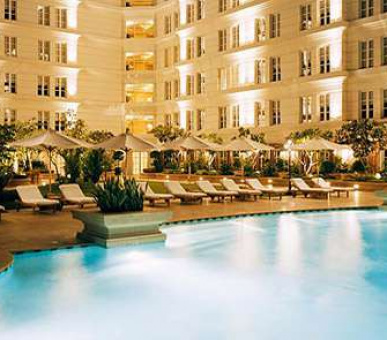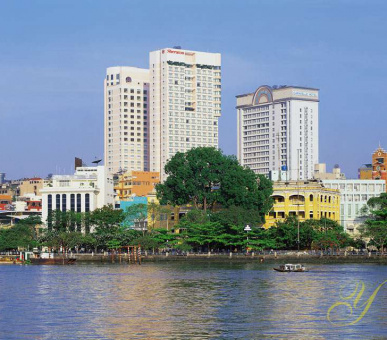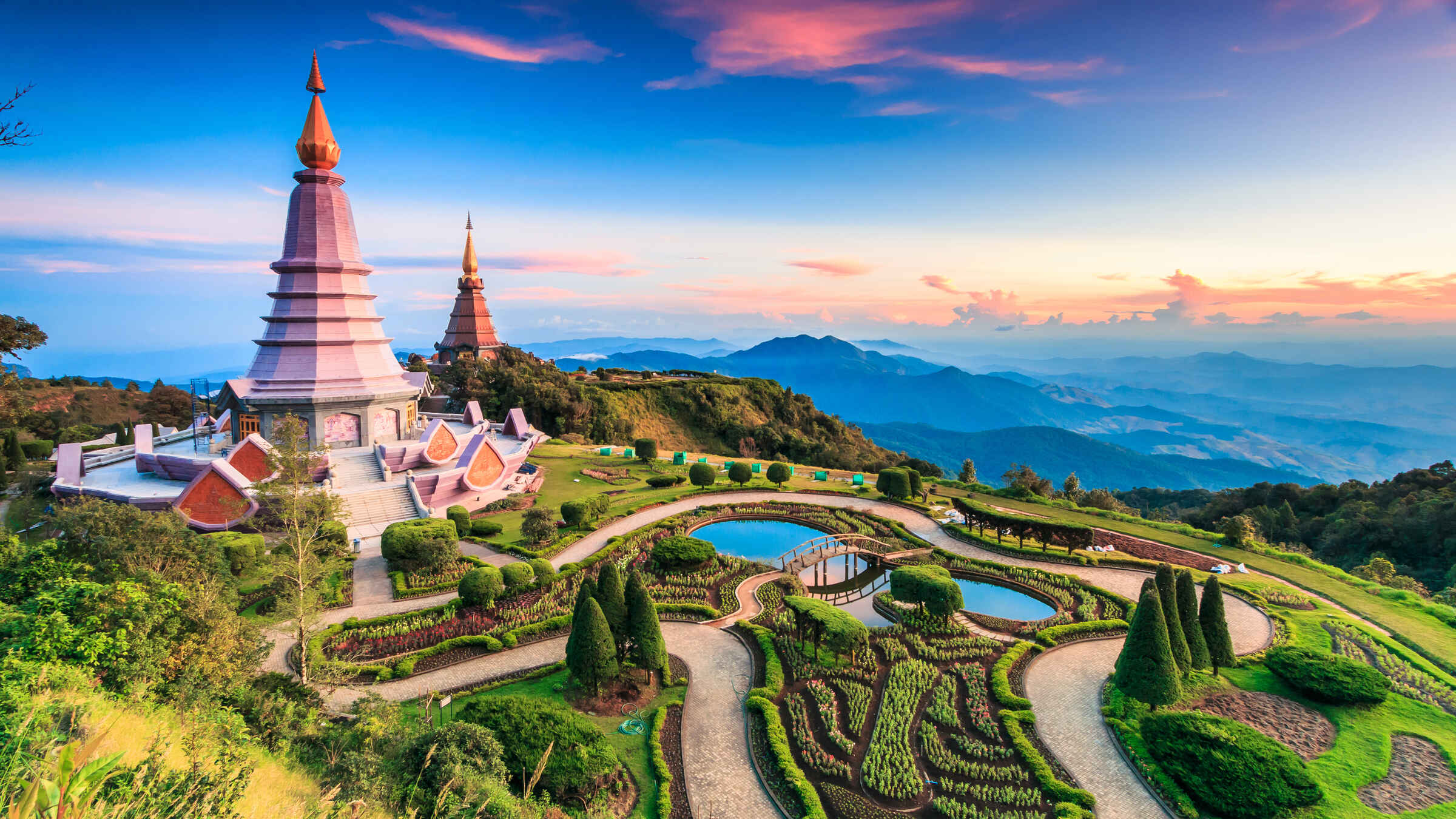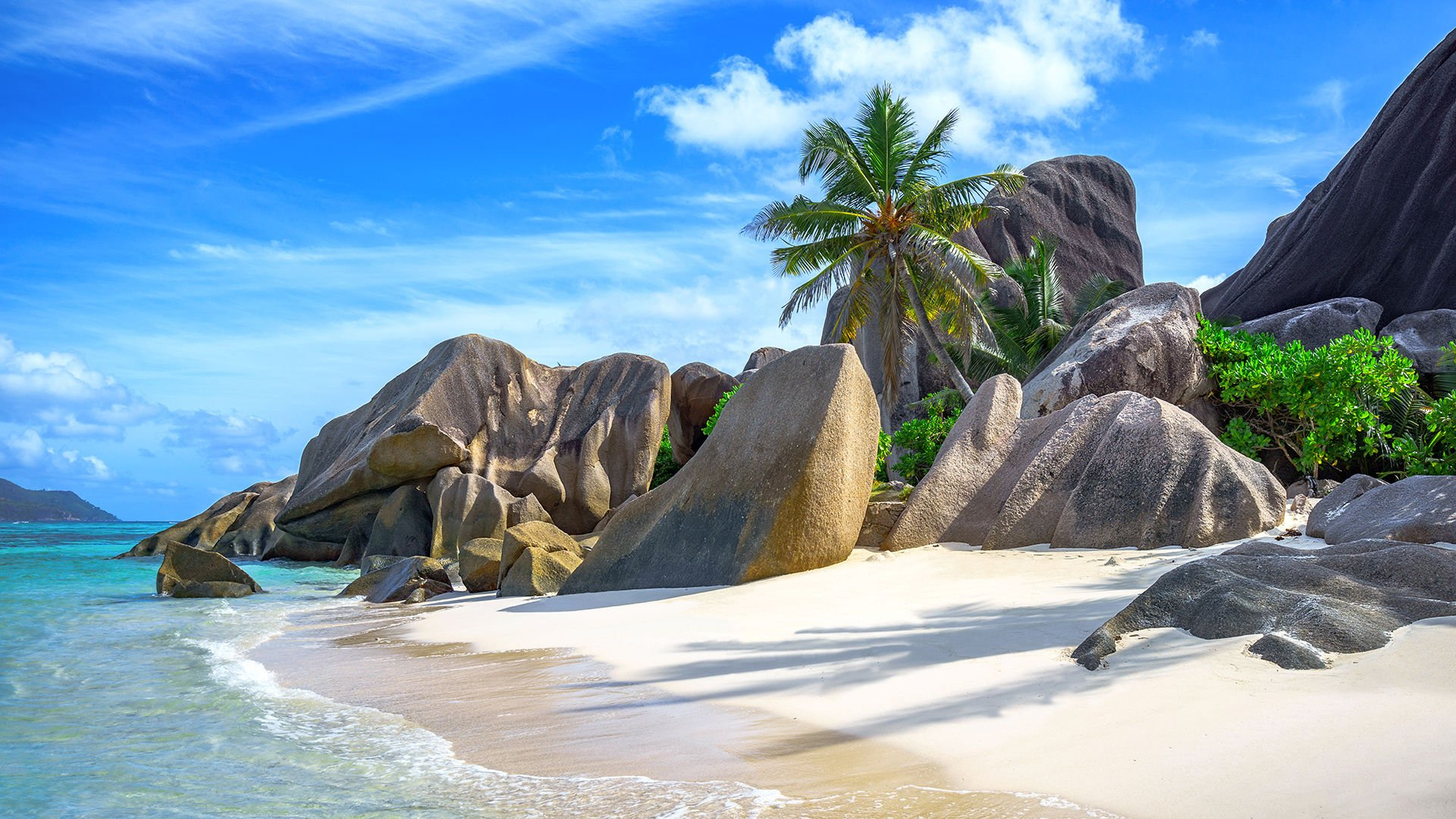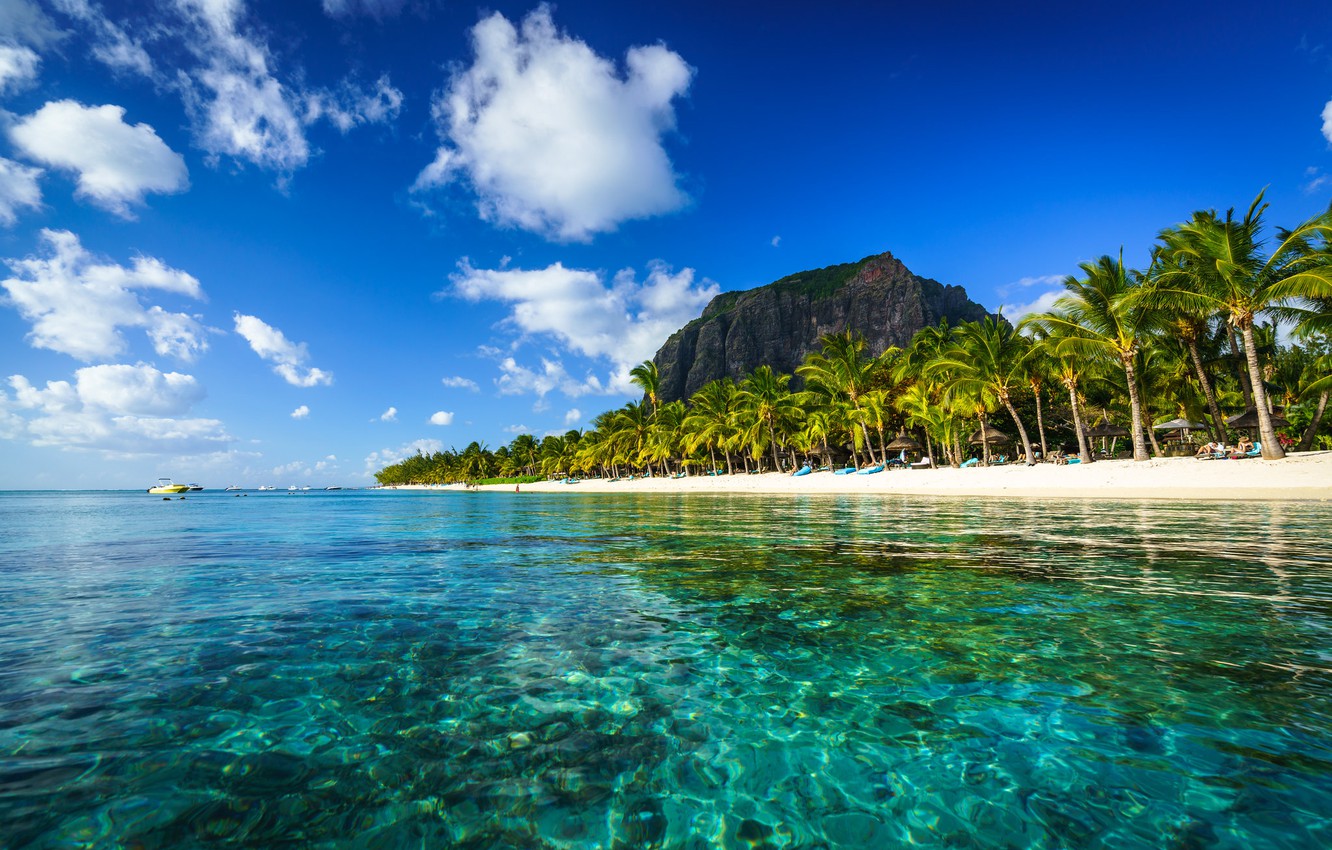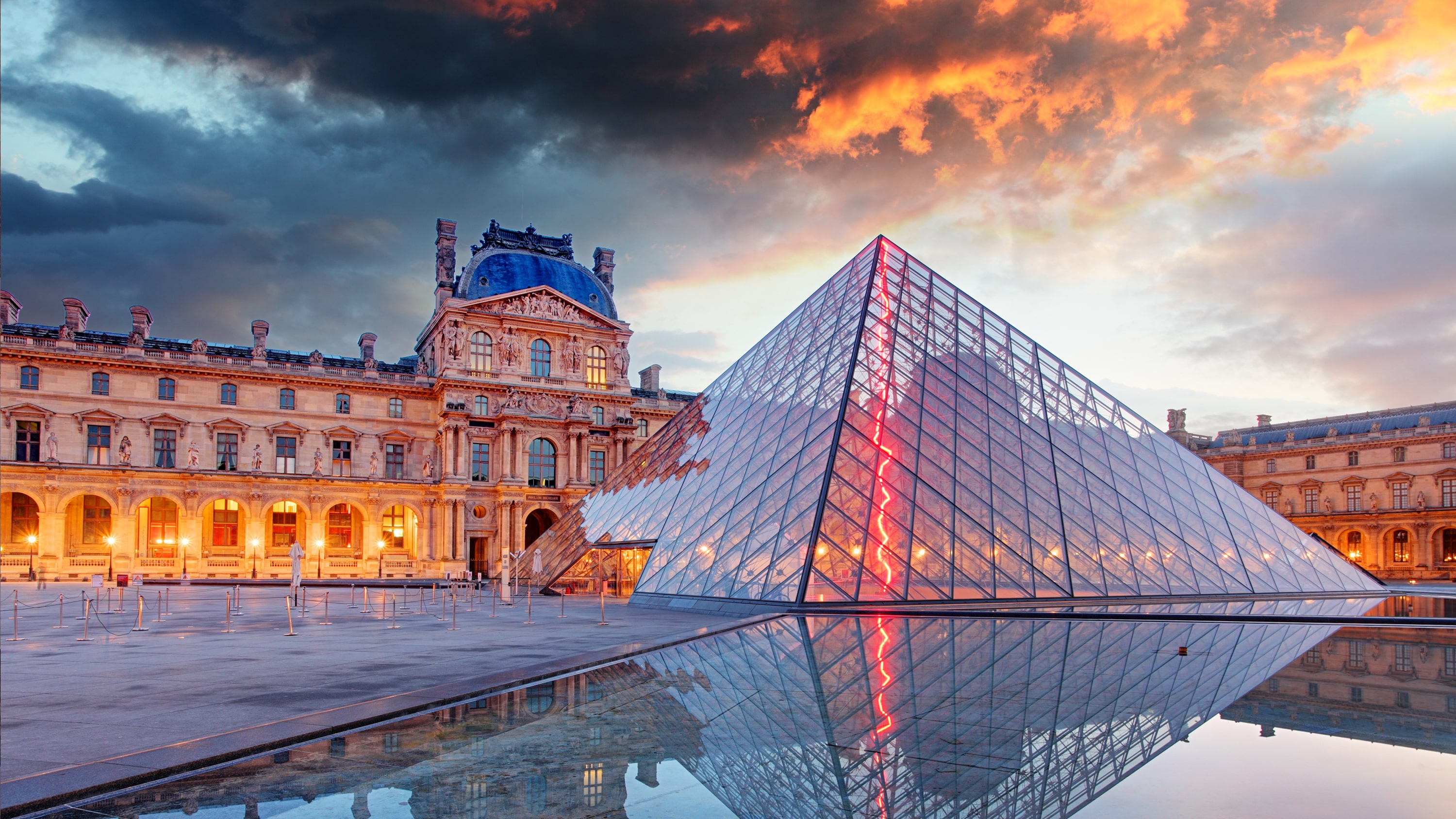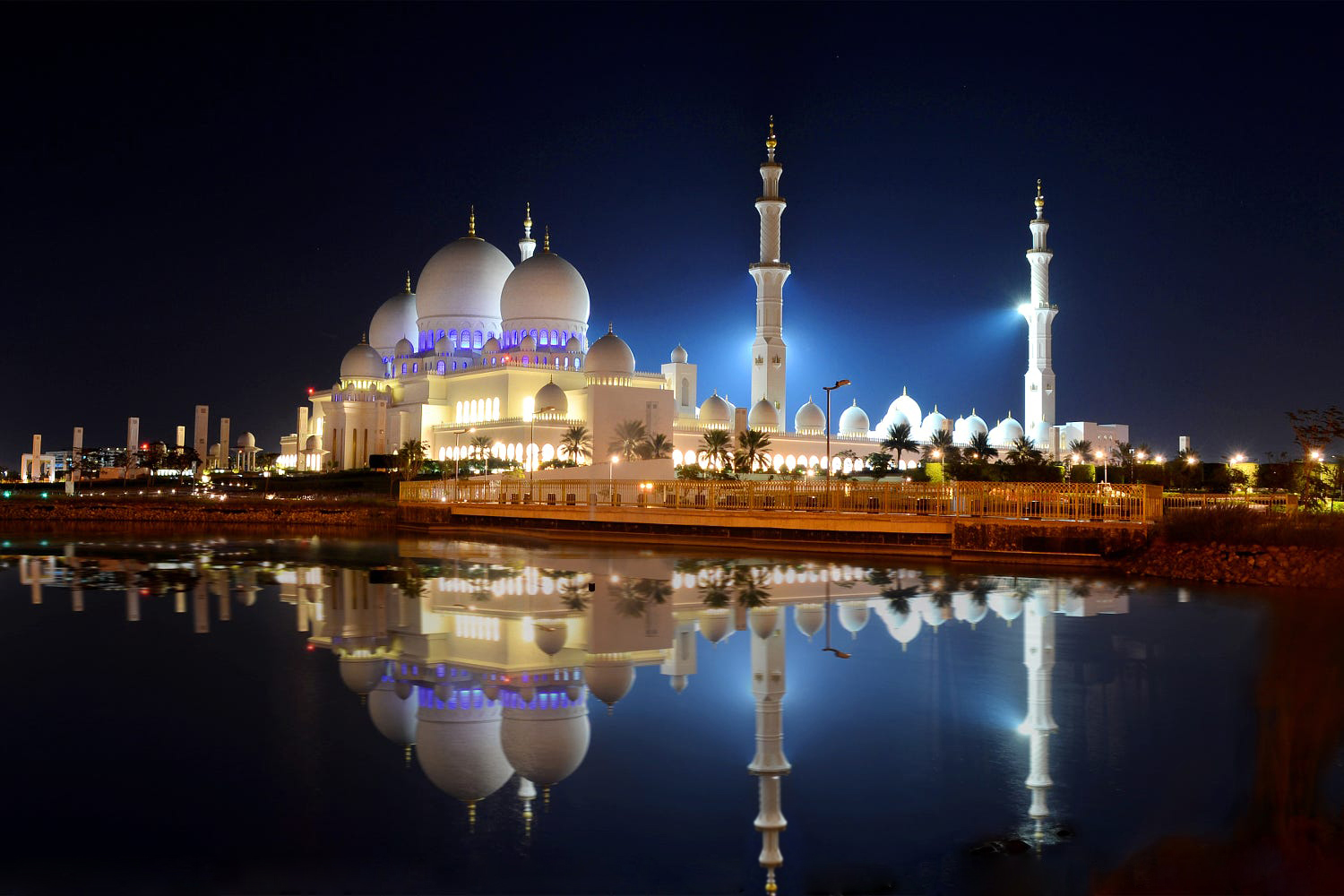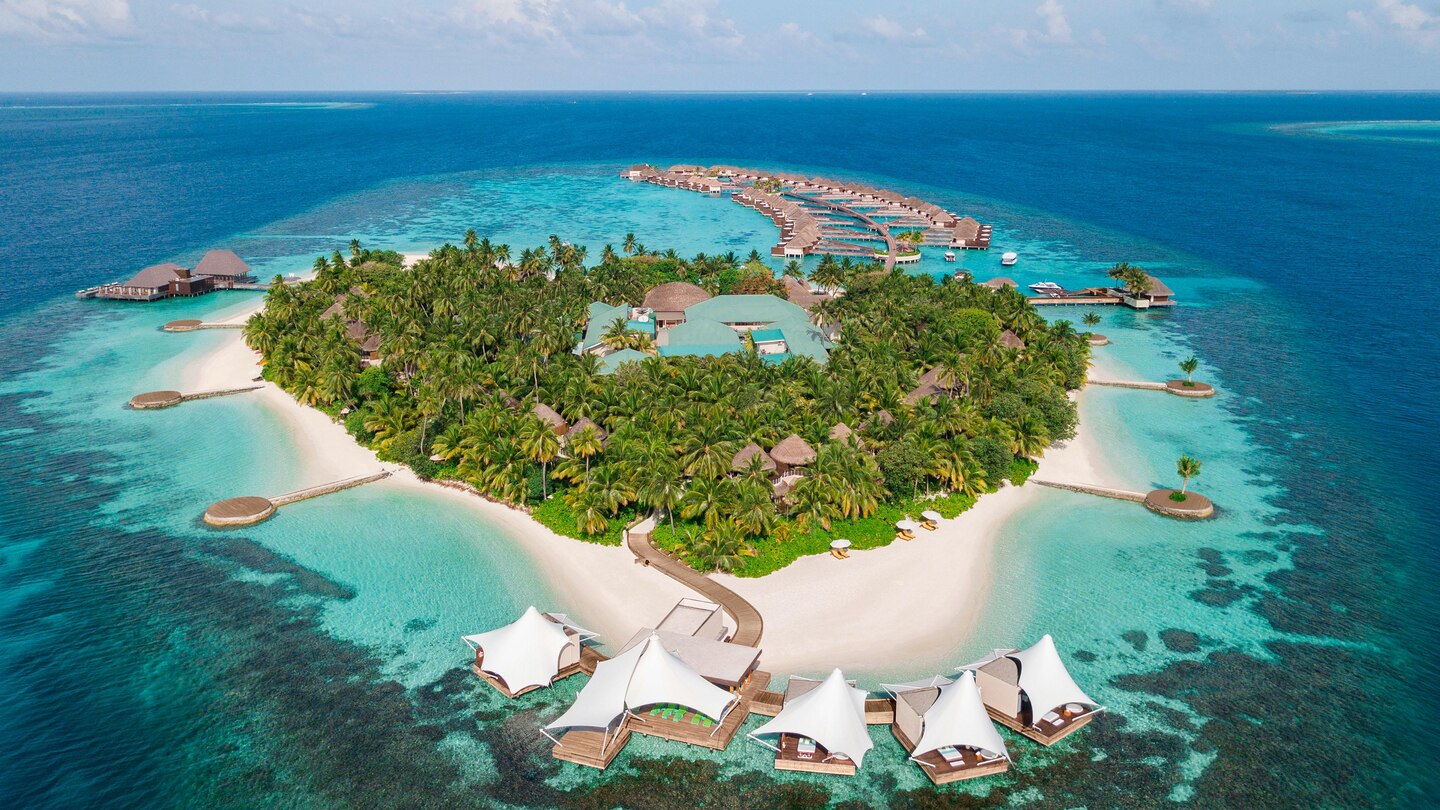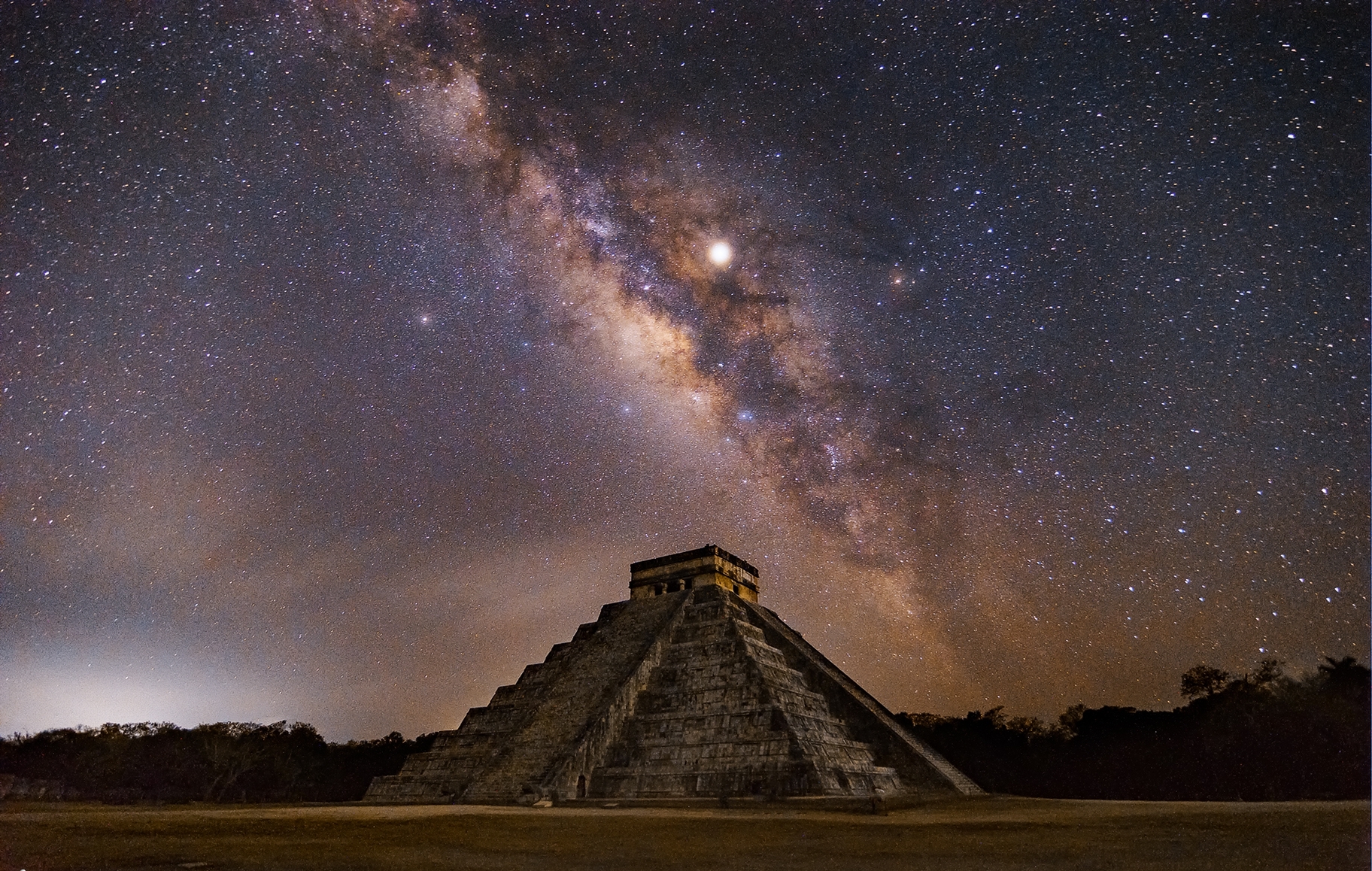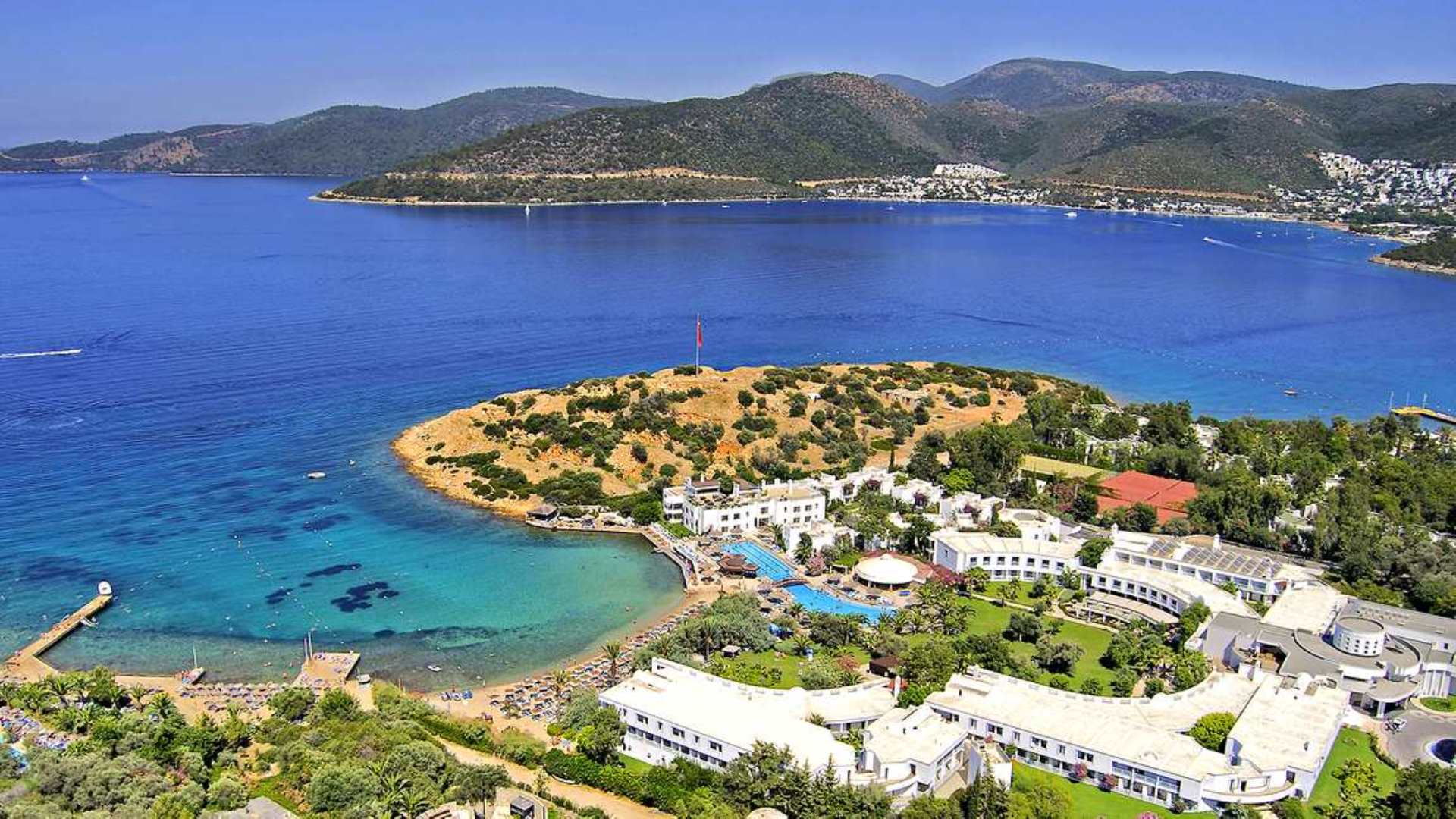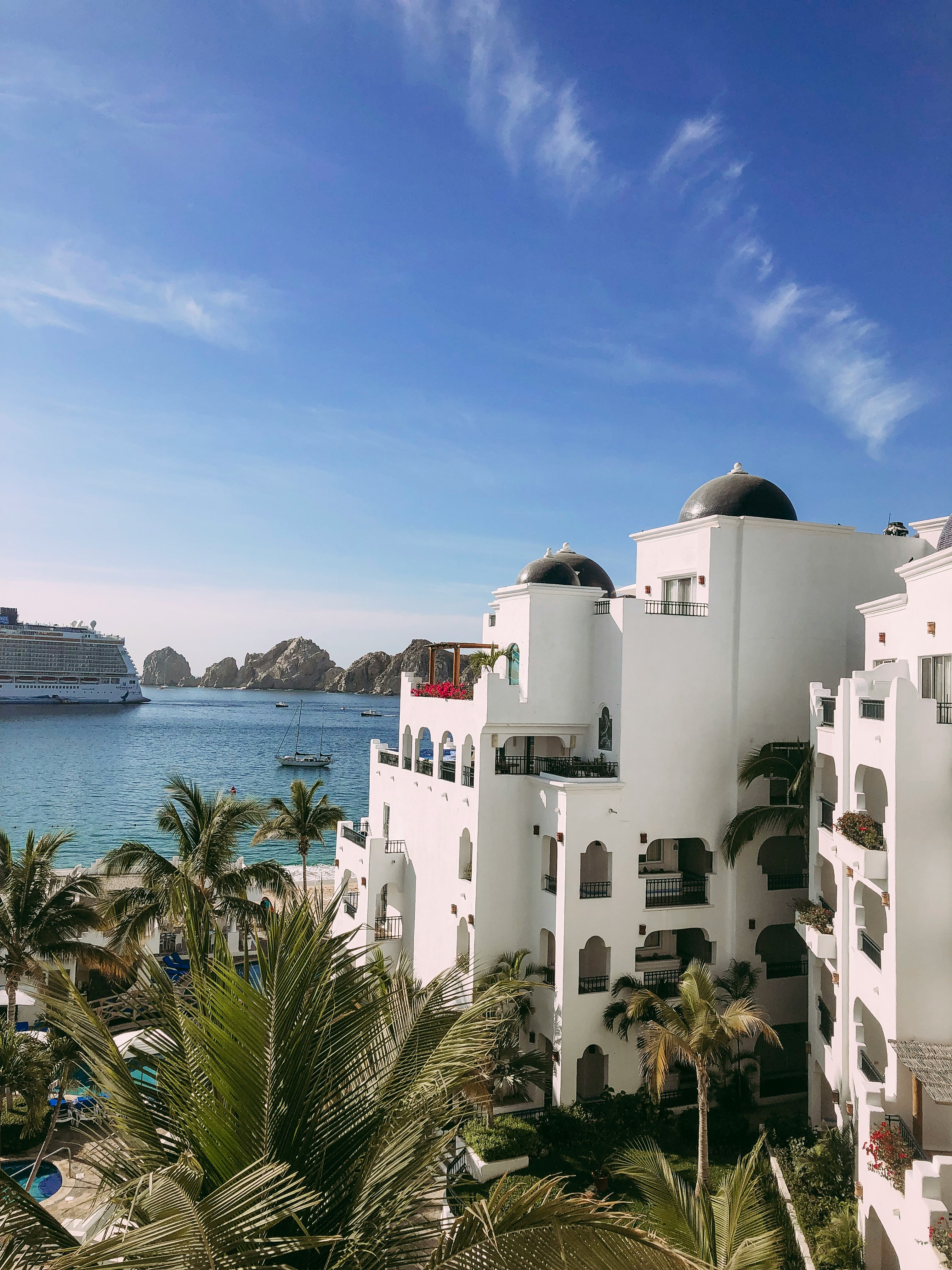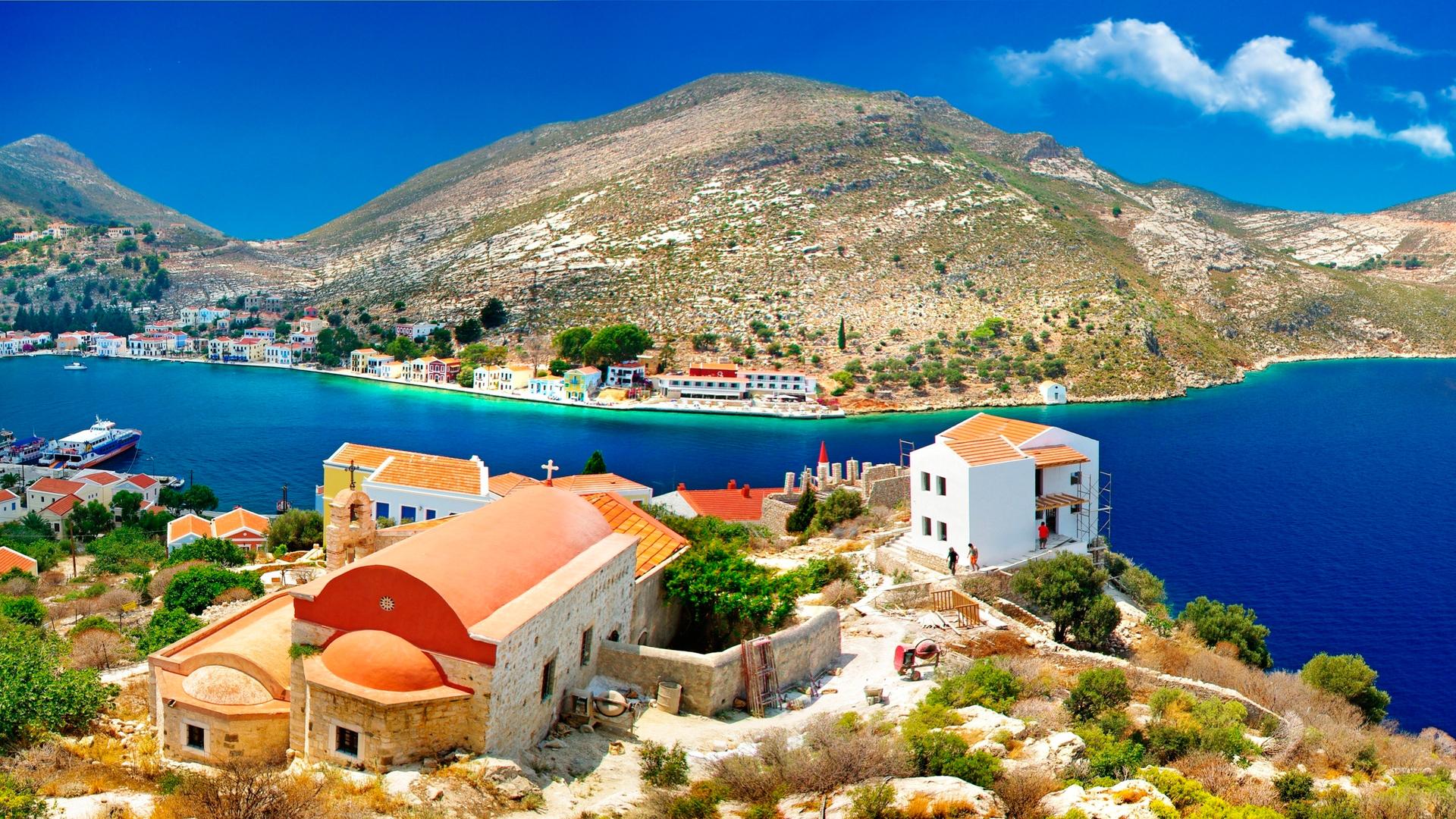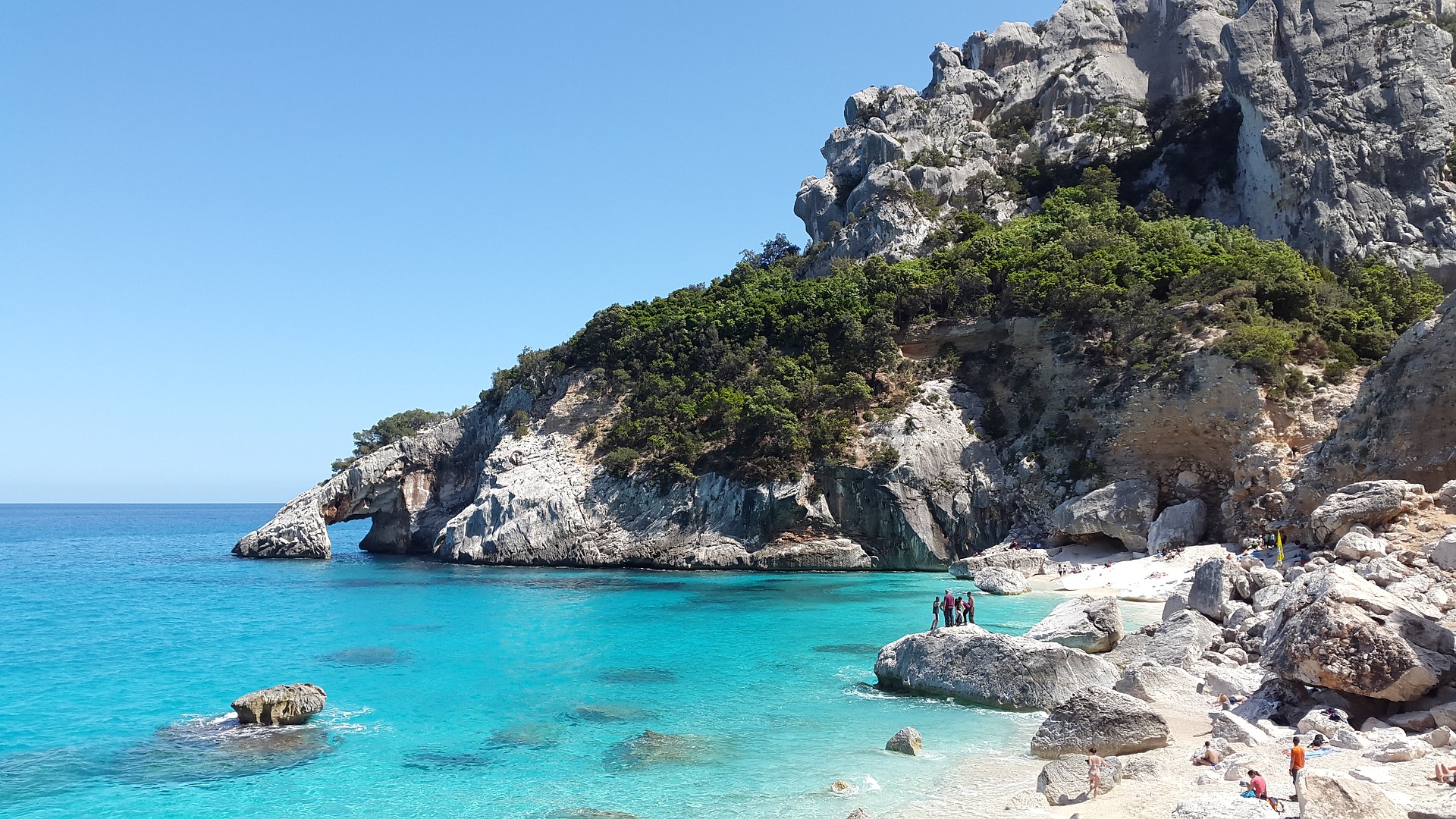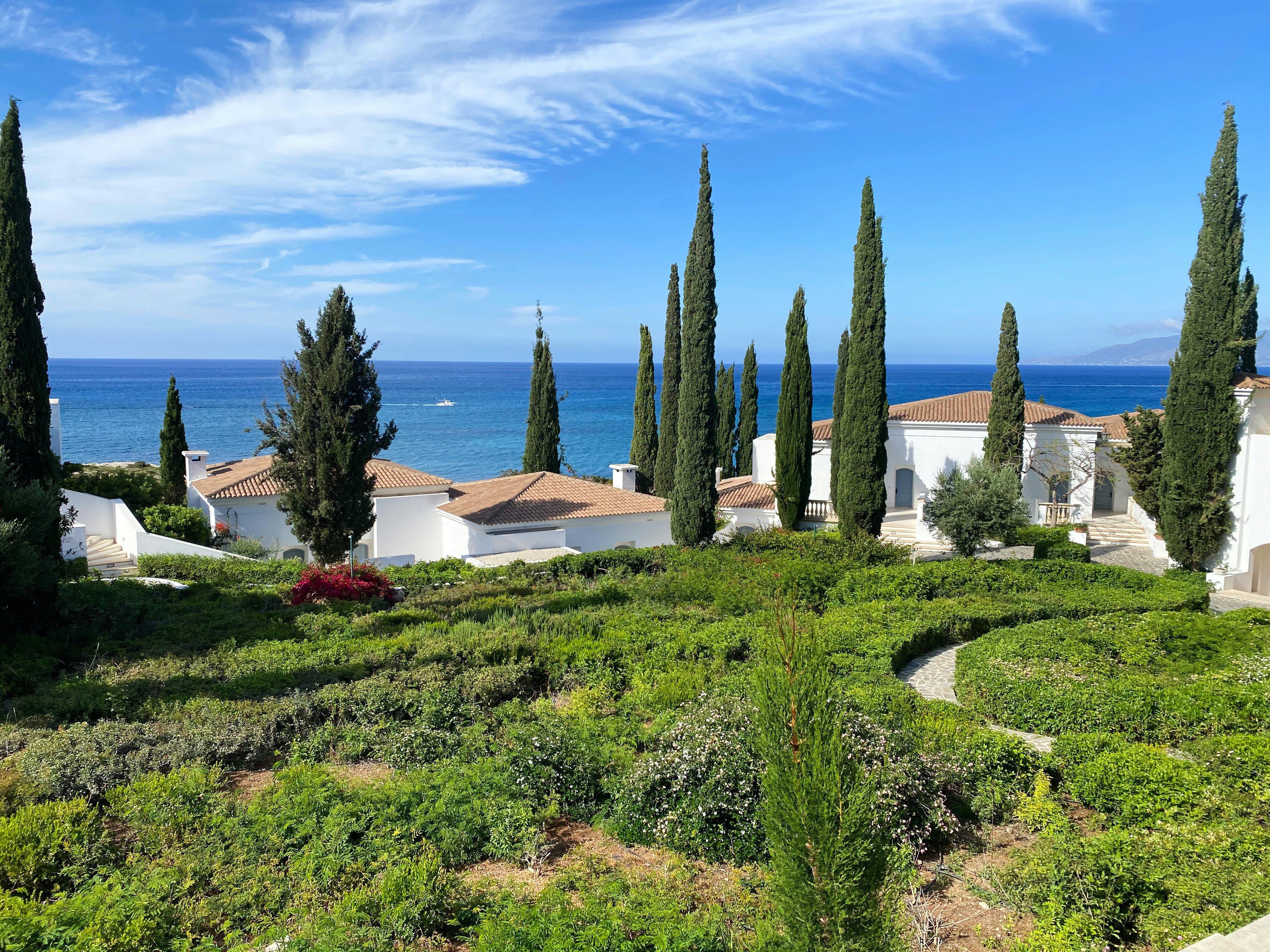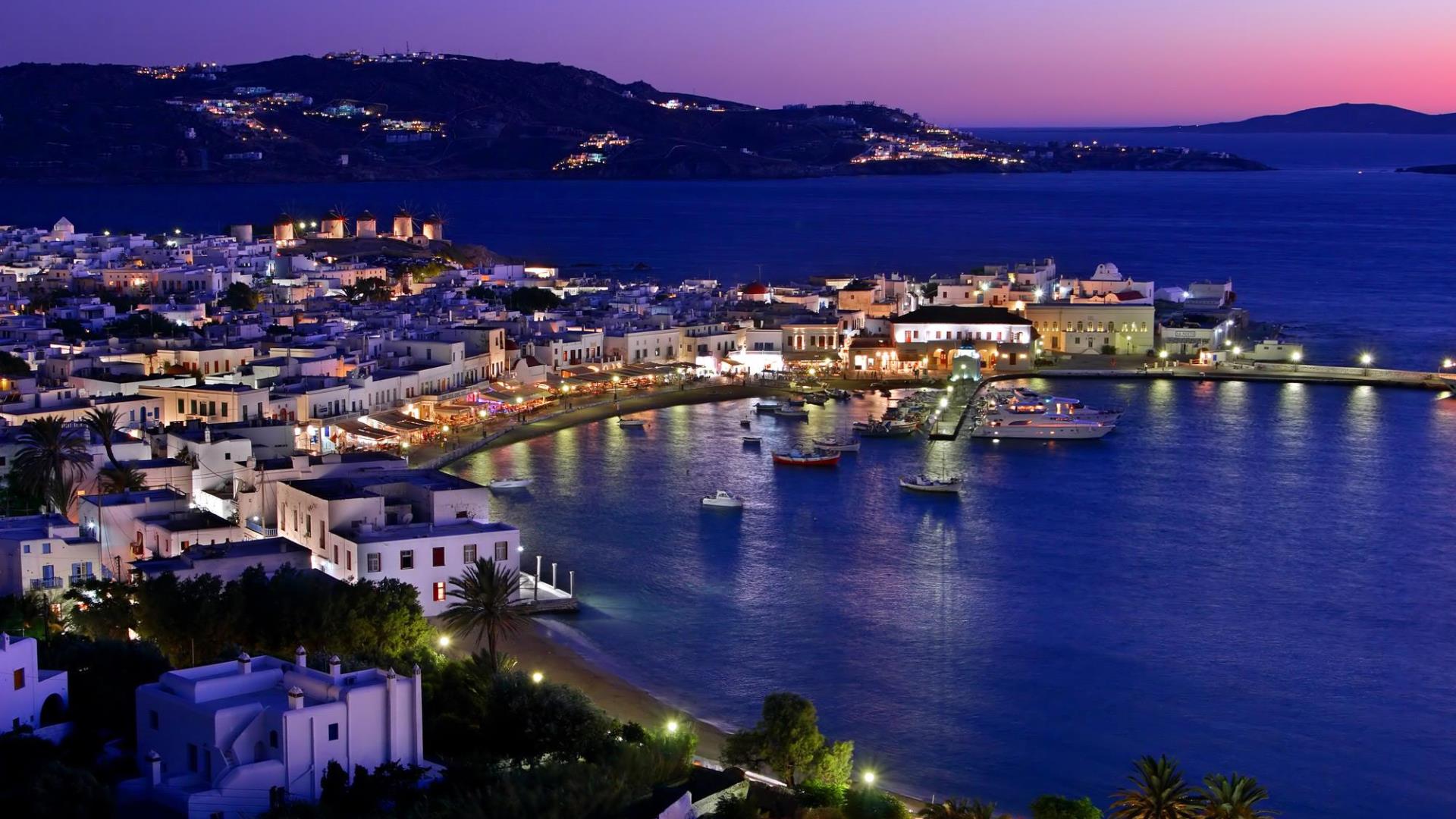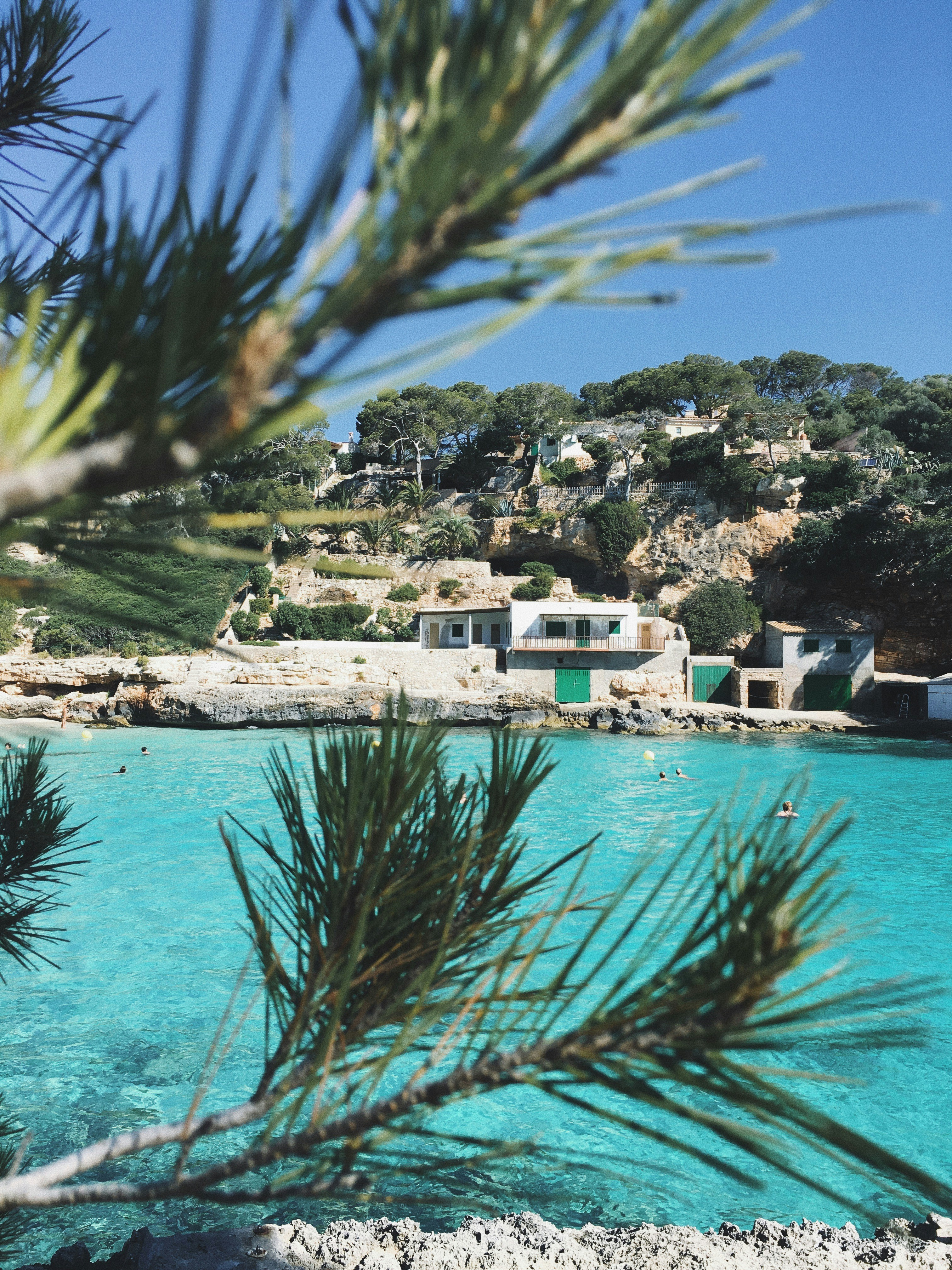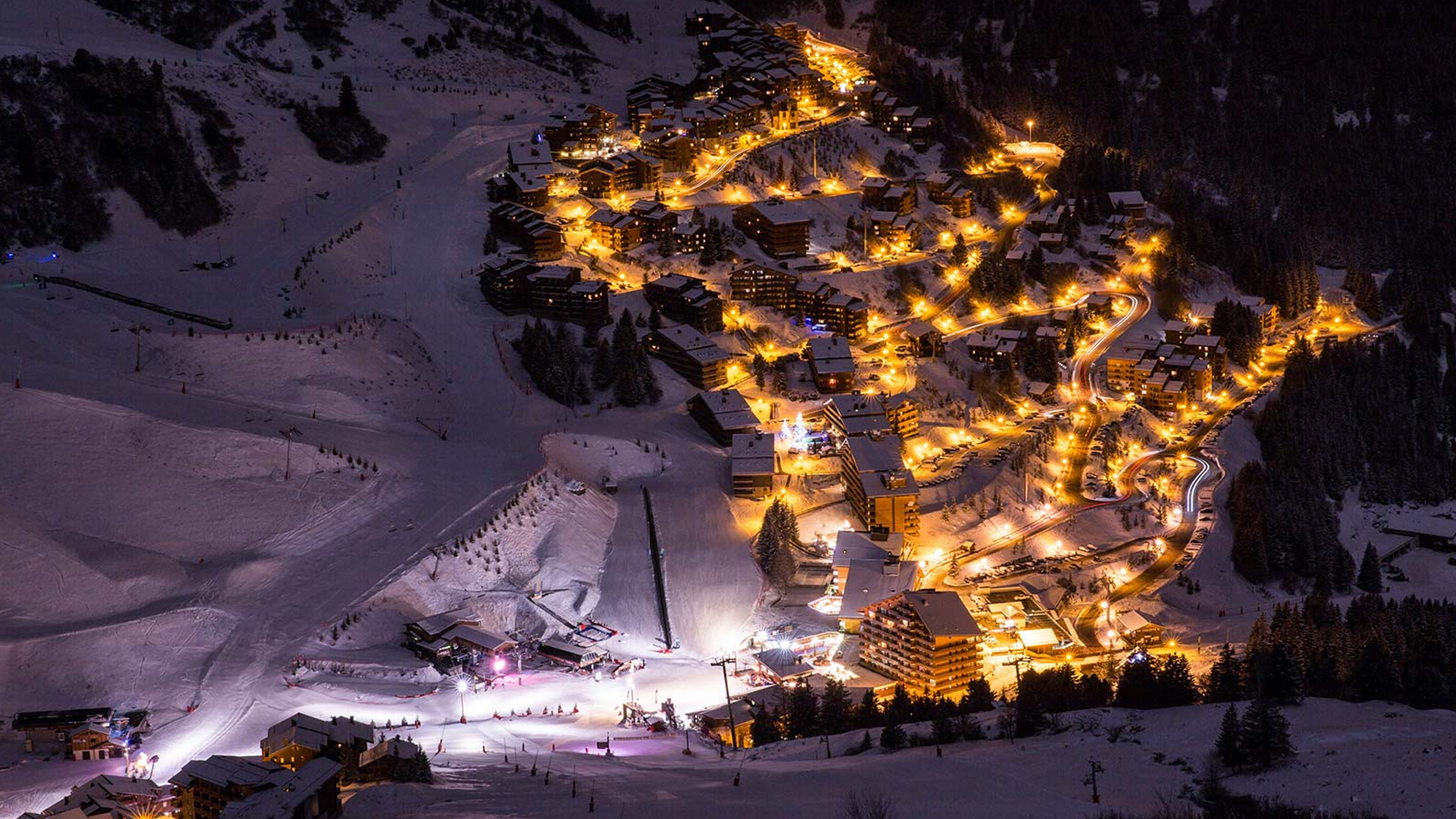Hoshimin
Holidays in Hoshimina
Our advantages
Hoshimin City - it's a new land. Only 300 years ago, the history books mentioned the name of Saigon. In early 1698, Nguyen Gyu Kang established the Ja Dign area and Saigon District.
More recently, Hoshimin will become a huge urban area in Viet Nam. In 1859, the colonial era of this terrain began: French colonizers invaded and occupied the South, destroying the quote of Ja Din. Since the beginning of French rule, the city of Hoshimin has developed rapidly, and many new structures have emerged, some of which are happy to see and to date. Owing to favourable geographical location, land and climate conditions, Hoshimin soon became the centre of the world ' s occupation. In 1862, the Saigon Seaport was founded. On 15 March 1874, the President of France signed a decree on the official establishment of the city of Saigon. At the beginning of the twentieth century, the Thiolon (Chinese quarter) joined Saigon, forming the largest urban area in Indochita.
Later, this historic land became the cradle of the anti-colonial movement. It is in this place that Vietnamese gained independence with the completion of the Hoshimina campaign on 30 April 1975. On 2 July 1976, the city of Saigon was officially renamed the city of Hoshimin.
After a difficult three hundred years of formation and development, the city of Hoshimin preserved many ancient architectural monuments, famous historical sites and wildlife. The mixing of national traditions, Chinese and Western European cultures creates an inexorable collar that is propelled by the streets of the city. The fabulous combination of urban elements and the atmosphere of the eastern city makes the visit of Hoshimina one of the most memorable travel impressions.
Hoshimina's worthiness:
Pagoda Vin Ngiyem. Pagoda Vin Ngiyem was built between 1964 and 1971 on the Nguyen Bang architect project. This pagoda is a seven-line tower in classical style under the strong influence of the Japanese architecture and built with the assistance of the Japan-Viet Nam Friendship Association.
Pagoda Jacques Vien. As originally a simple chick with a straw roof designed to worship the Bodhisatwe goddess, it was transformed into a Jacques Vien Pagoda by a Kwan-Yin master in 1850. Active
Pagoda is a unique museum, with more than 150 statues and graves stored in its walls, most of which are dated by the end of the nineteenth century, the beginning of the twentieth century.More recently, Hoshimin will become a huge urban area in Viet Nam. In 1859, the colonial era of this terrain began: French colonizers invaded and occupied the South, destroying the quote of Ja Din. Since the beginning of French rule, the city of Hoshimin has developed rapidly, and many new structures have emerged, some of which are happy to see and to date. Owing to favourable geographical location, land and climate conditions, Hoshimin soon became the centre of the world ' s occupation. In 1862, the Saigon Seaport was founded. On 15 March 1874, the President of France signed a decree on the official establishment of the city of Saigon. At the beginning of the twentieth century, the Thiolon (Chinese quarter) joined Saigon, forming the largest urban area in Indochita.
Later, this historic land became the cradle of the anti-colonial movement. It is in this place that Vietnamese gained independence with the completion of the Hoshimina campaign on 30 April 1975. On 2 July 1976, the city of Saigon was officially renamed the city of Hoshimin.
After a difficult three hundred years of formation and development, the city of Hoshimin preserved many ancient architectural monuments, famous historical sites and wildlife. The mixing of national traditions, Chinese and Western European cultures creates an inexorable collar that is propelled by the streets of the city. The fabulous combination of urban elements and the atmosphere of the eastern city makes the visit of Hoshimina one of the most memorable travel impressions.
Hoshimina's worthiness:
Pagoda Vin Ngiyem. Pagoda Vin Ngiyem was built between 1964 and 1971 on the Nguyen Bang architect project. This pagoda is a seven-line tower in classical style under the strong influence of the Japanese architecture and built with the assistance of the Japan-Viet Nam Friendship Association.
Pagoda Jacques Vien. As originally a simple chick with a straw roof designed to worship the Bodhisatwe goddess, it was transformed into a Jacques Vien Pagoda by a Kwan-Yin master in 1850. Active
Notre Dame's collection. Another colonized building, the Notre Dam assembly, is located in the Paris Square in the centre of Hoshimina. The construction of this landmark building was rare, with the French priest laying the first brick in October 1877 and the last in April 1880.
Hoshimina's historic museum. The historic Museum of Hoshimina was built in 1929 and was initially called Blancharra de la Bos until 1956. During this period, several different exhibitions of ancient art in Asia were held at the museum. In 1956, the museum was officially renamed the Saigon National Museum and finally, in 1975, after reconstruction and expansion, it becomes the Historical Museum of Hoshimina. The museum ' s experiments are divided by themes, each of which corresponds to a certain time-frame of the State ' s development, from the original time (approximately 3,000 years ago) and until the end of the last royal dynasty of Nguyen, which dates back to the middle of the twentieth century. The second half of the museum presents the characteristics of the southern region of Viet Nam, such as the Ok Eo culture, the ancient culture of Delta Mekong, the Taim arts, the Ben Nge Saigon arts, the arts of Viet Nam ' s ethnic minorities and the ancient arts of race art from other Asian countries.
Get the Dragon House. The Dragon House, a part of Hoshimina's personal history, is located on the merger of the Ben Ngue Canal with the Saigon River. It's from this place, when I was 21, Uncle Ho went to a French ship in June 1911. At that time, the Dom Dragon was called Nya Rong and was a French ship company built in 1863. In September 1979, the City People ' s Committee selected Nya Rong as the location of Museum Ho Shi Min. The name was taken on two symbols with the design of the dragon that stole the building. About a million visitors, Vietnamese and foreign visitors, visited the site. In addition, important events such as the various festivals and the admission of new members to the Youth Union and the Communist Party are taking place.Vietnam. The museum has an exhibition of photographs and objects related to the former President.
Museum of Military History. A very instructive reminder of the country ' s bloody era, the Museum of Military History, was founded in September 1975. It presents many facts, photographs and pictures that document far from the heroic activities of the U.S. Army in Viet Nam. The scary exponents illustrate the massacre of civilians, the spraying of toxic defoliants, the torture of prisoners and the consequences of the war in northern Viet Nam. Fixed-wing aircraft, tanks, bombs and helicopters were also displayed. Over the past 20 years, more than six million guests have visited the museum. Of them, almost one million foreign tourists, including Americans. The Thong Nyat Conference Room, built in 1868, which has been overwhelmed by political regimes, has repeatedly been the scene of hostilities and political action. The palace is a historical and cultural relic of both its and foreign tourists.
Tonelli Kuti. Another reminder of the war is the Kouti tunnels located approximately 70 kilometres north-west of the city of Hoshimin in the administrative area of Ku Tai. The area is widely known throughout the country as the basis on which Vietnamese prepared their operations for the Tet offensive in 1968. The tunnels consist of underground passages of more than 200 km. The main axle has a response system connecting to underground shelters and entrances to other tunnels. The width of passages between 0.5 and 1 m is sufficient to push a man with a small body. Part of the tunnels were refined and expanded to adapt them to receive guests. The upper layer of land is 3-4 m and can withstand a 50-ton tank and bursts of light weapons and bombs. The tunnel sub-ground network included recreational and sleeping facilities, meetings, hospitals and other household facilities. The visit of the Ku Tai tunnels provides an opportunity to better understand the nature of the spirit of so long resistance to the Vietnamese people, as well as the perseverance and wisdom of the Vietnamese nation.
Municipal Theatre. On Dong Hoi Street, the municipal theatre is located in the centre of Hoshimina, near the Karawell Hotel and Continental. It was built at the end of the nineteenth.In the 1940s, the twentieth century was rebuilt. The three-storey building contains a thousand eight hundred viewers. Theater is built in French colonial style, with spatial ventilation and modern sound and lighting systems. Here are the performances of the Kai Luong Theatre, the festivals of the traditional South Vietnamese songs, ballet and opera plays in the performance of various foreign and Vietnamese artists.
Zoo and Hoshimina Botanical Garden. The zoo and the Botanical Garden of Hoshimina opened in 1865 in 20 ha, thanks to the contribution of a well-known French nerd, J. B. Louis Pierre. The zoo contains over 520 animals representing 120 species. The botanical garden is up to 1,830 trees and plants, some reach 100 years of age. Twenty types of orchids, 32 species of cactus and 34 species of carlicular decorative trees are growing here for the joy of millions of tourists. The Zoo and Botanical Garden of Ho Shi Mina are members of the Association of South-East Asia Zoological.
Park Dame Shane. The city ' s largest cultural and recreational centre is capable of offering any kind of recreation: the park ' s infrastructure divided into 30 plots includes dozens of entertainment, restaurants and show programmes. Among the places to visit, a reduced copy of the Jacques Vien Pagoda, the Tgiy Ta restaurant, a lake like the Western Lakes in Hanoi, a doll show, a bird garden, aqua park, a sports centre and a Royal Nam Tu garden.
Ki Hoa's tourist recreational zone. The Ki Hoa recreation area, located in the centre of Hoshimin, has a vast area of 14 ha. Ki Hoa can find a park, a market, modern hotels and a wide range of restaurants. Here comes the biggest theatre of Hoa Bin. Ki Hoa is divided into two parts, which are connected with the painting bridge. There's a lot of entertainment and recreational activities, including yacht walks, a train ride around the lake, a small zoo and aquarium visit, a video game salon and a roller roller coast. More recently, the Doi Hoa Wang visual hall was built near the lake, more than 1,000 landing sites, where various cultural events, international dance festivals and fashion shows are being held.

